Wearable Technology: The Future of IoT
In recent years, wearable technology has emerged as a significant player in the Internet of Things (IoT) landscape, transforming how we interact with technology and the world around us. From fitness trackers and smartwatches to augmented reality glasses and health monitoring devices, wearables are not just gadgets; they are gateways to a more connected and intelligent future. This article explores the evolution of wearable technology, its integration with IoT, the benefits it offers, and the challenges it faces as it continues to evolve.
Understanding Wearable Technology
Wearable technology refers to electronic devices that can be worn on the body, often incorporating sensors, software, and connectivity features. These devices are designed to collect data, monitor user activity, and provide real-time feedback. The most common types of wearable technology include:
Fitness Trackers: Devices like Fitbit and Garmin monitor physical activity, heart rate, sleep patterns, and more, helping users achieve their fitness goals.
Smartwatches: Devices such as the Apple Watch and Samsung Galaxy Watch offer a range of features, including notifications, health monitoring, and app integration, all while functioning as traditional timepieces.
Health Monitors: Wearables like continuous glucose monitors (CGMs) and ECG monitors provide real-time health data, enabling users to manage chronic conditions more effectively.
Augmented Reality (AR) Glasses: Devices like Microsoft HoloLens and Google Glass overlay digital information onto the real world, enhancing user experiences in various fields, from gaming to healthcare.
Smart Clothing: Fabrics embedded with sensors can monitor biometric data, such as heart rate and body temperature, providing insights into physical performance and health.
The Integration of Wearable Technology and IoT
The integration of wearable technology with IoT is a game-changer, enabling devices to communicate with each other and share data seamlessly. This connectivity allows for a more comprehensive understanding of user behavior and health, leading to improved outcomes in various domains.
1. Real-Time Data Collection
Wearable devices continuously collect data about users’ activities, health metrics, and environmental conditions. This data is transmitted to cloud-based platforms via IoT connectivity, where it can be analyzed and processed. For example, a fitness tracker can monitor a user’s heart rate during exercise and send that data to a smartphone app, providing insights into performance and recovery.
2. Enhanced User Experience
The integration of IoT with wearable technology enhances user experience by providing personalized feedback and recommendations. For instance, a smartwatch can analyze a user’s sleep patterns and suggest adjustments to improve sleep quality. Similarly, health monitoring devices can alert users to irregularities in their vital signs, prompting timely medical intervention.
3. Interoperability with Other Devices
Wearable technology can interact with other IoT devices, creating a cohesive ecosystem that enhances functionality. For example, a smart home system can adjust lighting and temperature based on a user’s activity level, as detected by their wearable device. This interoperability not only improves convenience but also promotes energy efficiency.
4. Data-Driven Insights
The vast amounts of data collected by wearable devices can be analyzed to derive valuable insights. For instance, healthcare providers can use data from wearables to monitor patients’ health remotely, enabling proactive interventions and reducing hospital visits. In the fitness industry, trainers can leverage data analytics to tailor workout plans to individual clients.
Benefits of Wearable Technology in IoT
The convergence of wearable technology and IoT offers numerous benefits across various sectors, including healthcare, fitness, workplace safety, and entertainment.
1. Improved Health Monitoring
Wearable devices have revolutionized health monitoring by providing real-time data on vital signs, activity levels, and sleep patterns. This continuous monitoring allows for early detection of health issues, enabling timely interventions. For example, wearables can alert users to irregular heartbeats or elevated blood pressure, prompting them to seek medical attention.
2. Enhanced Fitness and Wellness
Fitness enthusiasts benefit from wearables that track their workouts, monitor heart rates, and provide insights into recovery. This data-driven approach helps users set and achieve fitness goals, leading to healthier lifestyles. Additionally, wearables can encourage physical activity by sending reminders and notifications.
3. Increased Workplace Safety
In industries such as construction and manufacturing, wearable technology can enhance worker safety. Devices equipped with sensors can monitor environmental conditions, detect hazardous situations, and alert workers to potential dangers. For example, smart helmets can provide real-time data on air quality and temperature, ensuring that workers are aware of their surroundings.
4. Streamlined Communication
Wearable devices facilitate seamless communication, allowing users to receive notifications, messages, and calls without needing to check their smartphones. This hands-free communication is particularly beneficial in professional settings, where multitasking is essential.
5. Personalized Experiences
Wearable technology enables personalized experiences by analyzing user data and preferences. For instance, smartwatches can recommend workouts based on a user’s fitness level and goals, while AR glasses can provide
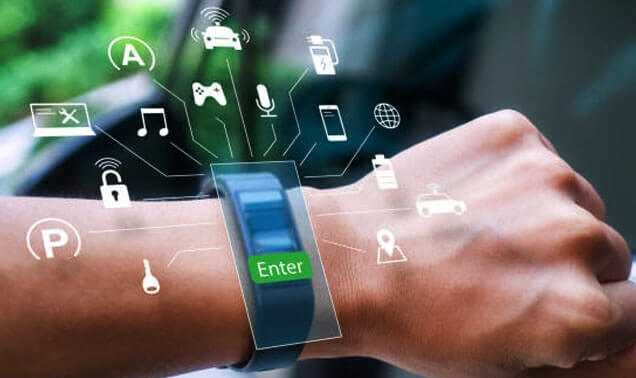


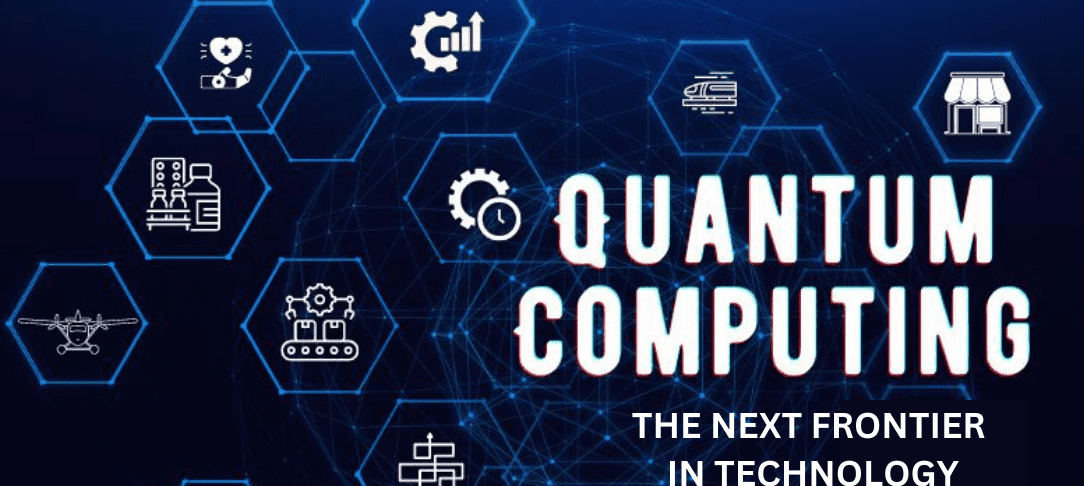




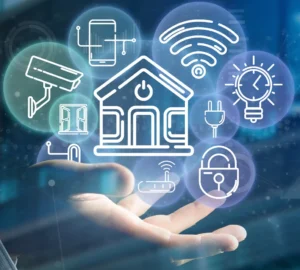
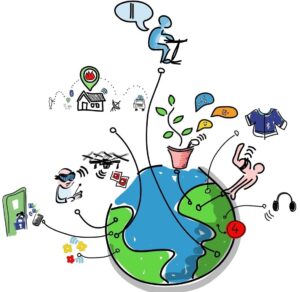

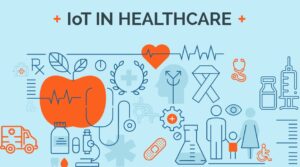

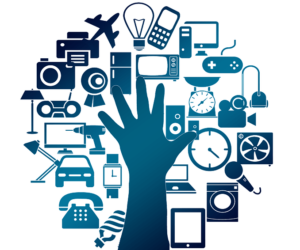
Post Comment